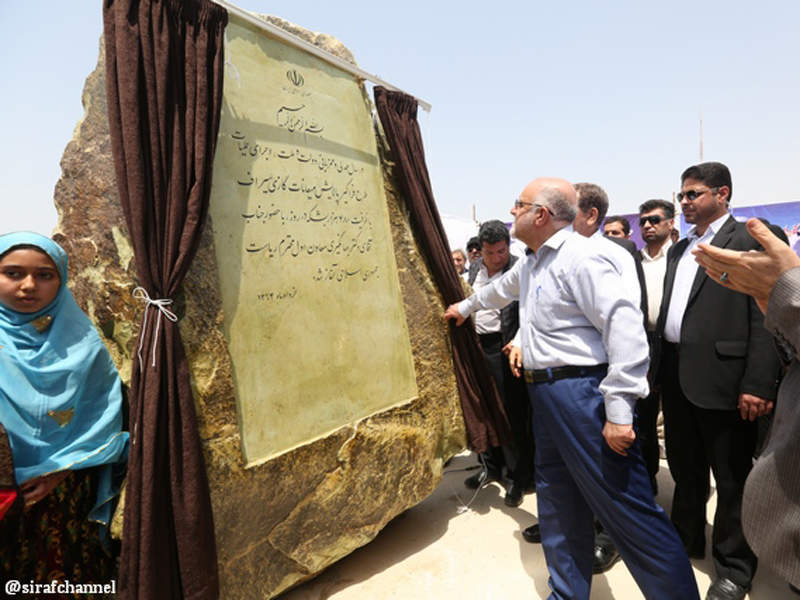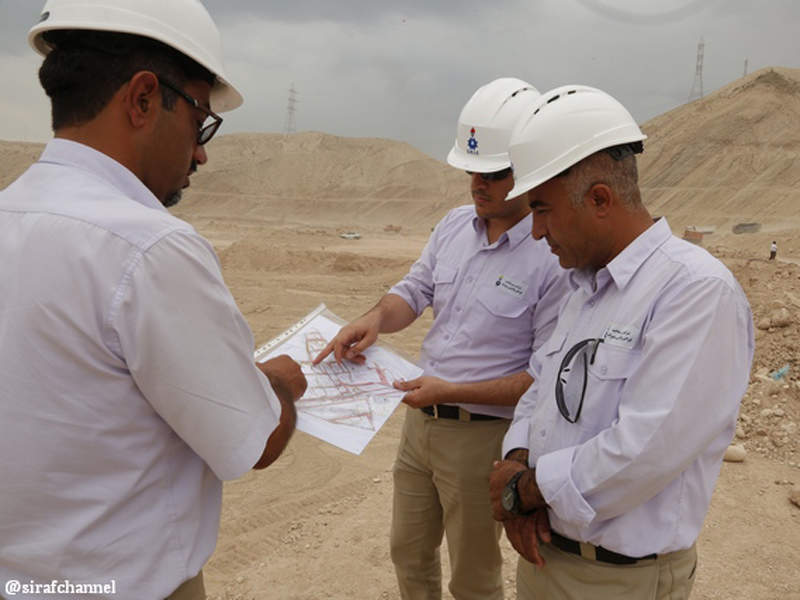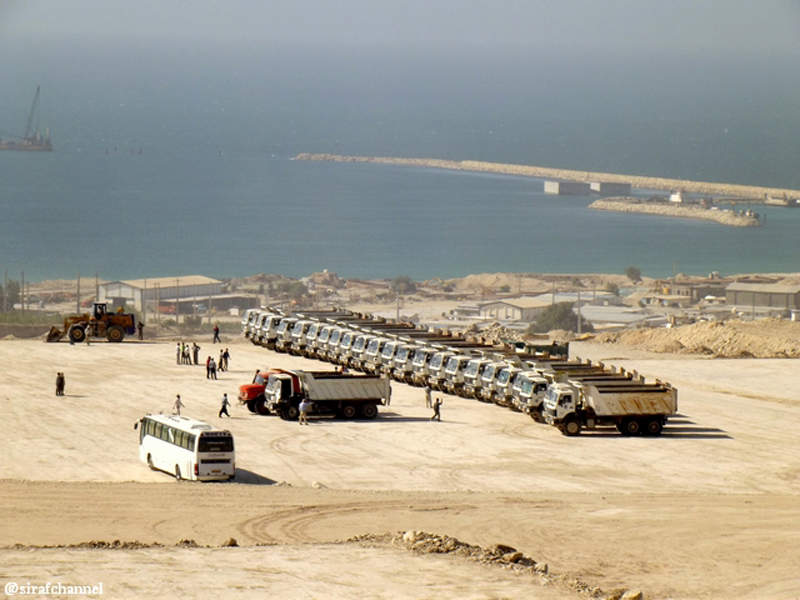Siraf refinery complex is a gas condensate refinery complex that is being developed in the Siraf region of the Bushehr province, approximately 50km west of Assaluyeh, Iran.
The complex will be built between the 13th and 19th phases of the South Pars gas field across an area spanning 300ha.
The $3bn refinery complex plan was proposed in August 2017.
It is set to comprise eight gas condensate refineries and associated common infrastructure facilities.
The complex will produce 19.6 million tonnes (Mt) of refined products, including Euro-V gas oil.
The project is being developed by Siraf Refineries Infrastructure Company and is slated to expand Iran’s refining capacity by 22%.
It is anticipated to create 17,000 jobs during the construction phase and a further 2,000 direct jobs once operational.
Siraf refinery complex project details
The Siraf refinery complex will encompass eight condensate refinery units, including eight condensate distillation units with a capacity of 60,000 barrel per stream day (bpsd) each.
Siraf’s condensate units will be used to separate gas condensate into various products for further processing, including liquid petroleum gas (LPG), stabilised naphtha, kerosene, gasoil and atmospheric residue.
The complex will also include eight LPG treatment and LPG recovery units with a capacity of 3,500bpsd each.
The units will remove light ends, water and sulphur from the LPG.
In addition, the refinery will feature eight naphtha hydrotreating units (NHU) and eight middle distillate hydrotreating units (MDHU), with capacities of 44,000bpsd and 18,500bpsd respectively.
The naphtha hydrotreating unit will remove sulphur and nitrogen compounds from the stabilised naphtha output from the condensate distillation unit, while the middle distillate unit will enhance the quality of the kerosene and gas oil.
A steam production unit with a capacity of 47 tonnes per hour (t/h), a 2,450 cubic metres per hour cooling water system unit, 5,800 normal cubic metres per hour (Nm³/h) compressed air system, 5,500Nm³/h hydrogen production unit and 700Nm³/h nitrogen system will also be part of each refinery unit.
Fuel and product specifications
The refinery complex is expected to produce 0.5 million tonnes (Mt) of LPG, 4.5Mt of light naphtha, 7Mt of heavy naphtha, 3.6Mt of kerosene (jet A-1) and 4Mt of gas oil a year.
Siraf refinery complex infrastructure
Siraf refinery complex’s common units will include a 36.5t/h amine treating unit, 120m³/h sour water stripping unit, 210t/h sulphur recovery unit (SRU) and 200m³/h waste water treatment plant.
The complex will also include a tankage system with a capacity of 292,050m³ for each refinery unit.
The tanks will hold feed, intermediaries and other products from the refinery units.
Other facilities at the site will include a 3,000m³/h sea water intake unit, flare system, desalination unit, de-mineralised water storage system, portable water storage system, fuel gas system and caustic dissolving solution.
Feed import and product export details
The refinery site is located in close proximity to the Iranian Natural Gas Trunk-line (IGAT) and gas fields, which will be used to source the feed condensate.
A jetty system comprising five berths located at a distance of 700m and 2,200m from the complex will be built to export products from the refinery.
Berth 5 will be used for LPG and residue, while the remaining berths will be dedicated to light / heavy naphtha, kerosene and diesel.
LPG from the complex will be loaded to the respective berth via a common pipeline.
Financing for Siraf refinery complex
The Export–Import Bank of Korea (KEXIM) and the Korea Trade Insurance Corporation (K-SURE) are together providing $2bn for the project, while the remaining $1bn is being contributed by Japanese financial institutions, including Nippon Export and Investment Insurance (NEXI).
Contractors involved
A joint venture between TOYO and EIED provided the basic engineering design for the refinery complex’s non-licensed and licensed units.
Axens is providing the technologies for the MDHU and LPG treatment units, while Haldor Topsoe will be responsible for the provision of the NHU technology.
Kinetics Technology is providing the technology for the SRU systems.
The market and feasibility studies for the refinery complex were carried out by Nexant and Axens.






